When it comes to social platforms, LinkedIn doesn’t exactly scream excitement. Just compare its search interest to the likes of Twitter, an established player in social media, or TikTok, the fresh-faced rising star. Twitter has been steadily gaining popularity, while TikTok burst onto the scene unexpectedly. Meanwhile, poor LinkedIn has remained stagnant.
With so many alternatives available, why would affiliate marketers even bother with this Microsoft-owned platform? Well, the truth is, there are numerous compelling reasons to consider LinkedIn.
Table of Contents
- Why Use LinkedIn For Affiliate Marketing?
- What Is LinkedIn Affiliate Marketing?
- How to Build an Audience on LinkedIn: Tips for Affiliate Marketers
- How to Utilize LinkedIn for Affiliate Marketing
- Pros Of LinkedIn Affiliate Marketing
- Cons Of LinkedIn Affiliate Marketing
- Should You Start Affiliate Marketing On LinkedIn?
Why Use LinkedIn For Affiliate Marketing?
LinkedIn, the world’s largest professional network, has become a hub for business powerhouses and influential decision-makers. With nearly 740 million members spanning across 200 countries and territories, it’s a platform that can’t be ignored. In fact, it surpasses the user base of Snapchat and Twitter and is not far behind Instagram or TikTok.
What sets LinkedIn apart is not just its vast quantity of users but the quality of its audience. This platform is where decision-makers congregate, making up an estimated 63 million users. To put it into perspective, more than one in every 12 LinkedIn users has the authority to make significant business decisions. It’s no surprise, then, that a staggering 80% of B2B marketing leads generated through social media come from LinkedIn.
The appeal of LinkedIn extends beyond decision-makers. The platform attracts a higher concentration of high earners compared to other social media platforms. Among households with annual incomes below $30,000, only 27% utilize LinkedIn. However, this percentage jumps to 60% for households with annual earnings surpassing $100,000. So, if your target audience consists of affluent individuals with substantial buying power, LinkedIn presents a prime opportunity for your affiliate marketing efforts.
By leveraging LinkedIn, you tap into a network that not only boasts impressive numbers but also a concentrated audience of influential professionals. This combination creates a fertile ground for affiliate marketing success. So, if you’re looking to connect with decision-makers and affluent individuals who are ready to make purchasing decisions, don’t overlook the immense potential of LinkedIn. It’s time to harness the power of this platform and elevate your affiliate marketing game.
What Is LinkedIn Affiliate Marketing?
LinkedIn is more than just a professional networking platform. It can also be a valuable tool for your affiliate marketing strategy. So, how does it work in practice? Well, it’s all about forming connections and using those connections to promote your products and services. Similar to other websites and social platforms, you can earn a commission on referrals based on the terms of your chosen affiliate program.
However, LinkedIn offers unique features that set it apart. There are various ways for affiliate marketers to incorporate their affiliate links on the platform. You can publish a blog post directly on LinkedIn, share organic posts with your network through your personal profile, or create a company page to share branded content.
Additionally, you can engage with your target audience through members-only groups, or use direct messaging to reach out to connections manually or with the help of LinkedIn automation tools.
The abundance of tactics available on LinkedIn makes it a treasure trove for affiliate marketers. But to succeed, you need to start by building an audience.
How to Build an Audience on LinkedIn: Tips for Affiliate Marketers
LinkedIn is a powerful platform for building an audience and establishing your presence as an affiliate marketer. In this guide, we’ll explore some effective strategies to help you grow your following on LinkedIn and boost your affiliate marketing efforts.
Focus on Personal Profiles
Unlike company pages, personal profiles tend to attract more interactions and engagement. So, if you want to leverage LinkedIn for affiliate marketing, it’s best to do it through your personal profile.
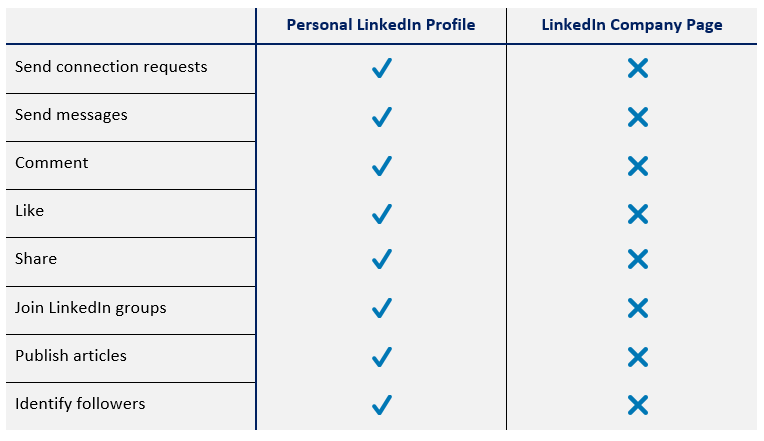
Post Regularly
To attract followers, it’s important to provide valuable content consistently. Aim for a decent engagement rate, which is around 2%, by posting helpful and insightful content. Remember, quality matters more than quantity.
Posting Frequency
While it’s essential to post regularly, be mindful not to overwhelm your audience. Statistics show that there is a drop-off in clicks once you exceed five posts per week or one post per working day. Find a balance that works for you and your audience.
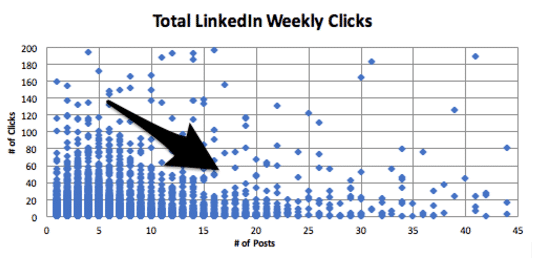
Optimal Timing
Tuesdays and Wednesdays are generally the best days to post on LinkedIn. If you’re posting more than twice a week, weekdays are preferable, while weekends should be avoided.
Add Value with Your Content
Avoid being salesy and focus on providing value to your audience. Address their pain points and help them achieve their goals. Whether it’s through blog posts, text-only updates, or more visually appealing content, make sure you’re adding value and offering solutions.
Leverage Visual Content
LinkedIn users are 20 times more likely to share videos than any other type of post. Incorporating rich media, such as images and videos, can make your affiliate marketing content stand out in a crowded feed and attract more clicks on your affiliate links.
Be Social and Engage
LinkedIn is a social network, so actively participate in the community. Join relevant groups, engage in conversations, and respond to comments on your posts. Building a reputation as a trusted community member who offers valuable insights will pay off in the long run, as people will be more receptive to your recommendations.
Remember, building an audience on LinkedIn takes time and effort. There are no shortcuts to establishing yourself as a trustworthy affiliate marketer. But once you’ve gained the trust and respect of your audience, your affiliate marketing journey will become much smoother, and the results will be worth it. So, roll up your sleeves, engage with the community, and provide valuable content to build a thriving audience on LinkedIn.
How to Utilize LinkedIn for Affiliate Marketing
After building a following on LinkedIn by sharing valuable content and engaging with your niche audience, it’s time to start monetizing that audience and making money through affiliate marketing. Here’s a guide on how to do it effectively.
Be Mindful of Affiliate Links
While there’s nothing stopping you from including affiliate links in your LinkedIn posts, blogs, comments, or direct messages, it’s important to exercise caution. Many affiliate programs require you to include a disclaimer with your links.
Additionally, LinkedIn automatically shortens links in posts, which means people won’t be able to see where they are being redirected. It’s crucial not to appear misleading or spammy to your followers. You don’t want to risk looking like you’re trying to deceive anyone or get your account restricted or blocked.
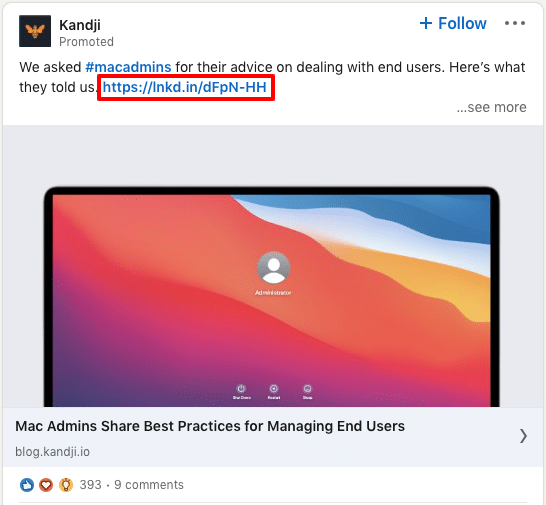
Inbound Marketing Approach
To earn money from your chosen affiliate program without overwhelming your LinkedIn connections, take an inbound marketing approach. Create high-quality content on your own website and strategically place affiliate links where relevant.
Then, share this content with your LinkedIn network. You can direct people to a blog post or build a landing page with a lead generation form to collect email addresses. This way, you can also start building a mailing list, providing another avenue to incorporate your affiliate links.
Sponsored Content Considerations
Sponsored content on LinkedIn can be a powerful tool, but it comes with pros and cons. On one hand, it allows you to reach a larger audience and potentially attract more customers.
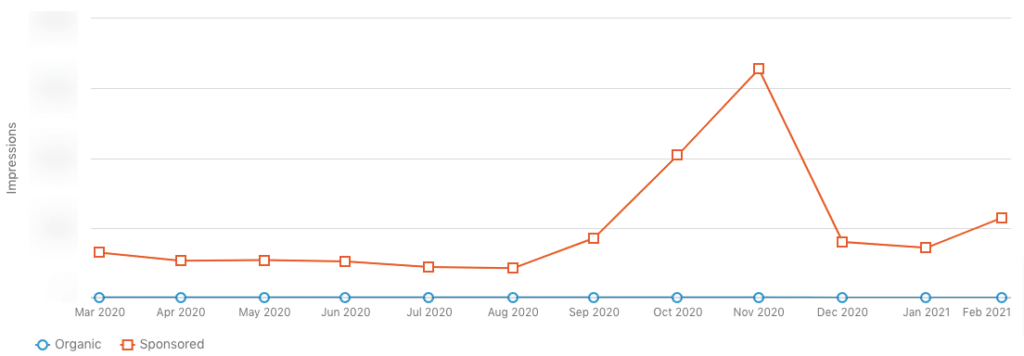
However, it’s important to note that advertising on LinkedIn tends to be more expensive compared to platforms like Facebook, Instagram, or Twitter. It’s primarily suitable for high-ticket affiliate programs, but be prepared for it to impact your profit margins significantly. As a result, most affiliates should focus on LinkedIn’s real strength, which lies in organic engagement.
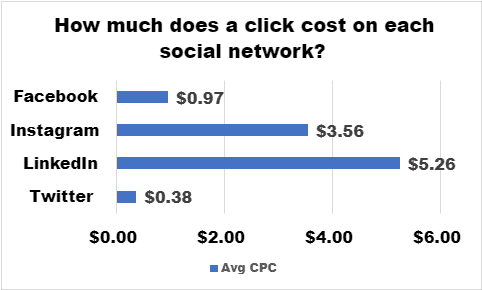
Leveraging Organic Engagement
The organic engagement rate on LinkedIn surpasses that of other platforms, making it an ideal space for affiliate marketers. While the average organic engagement rate on Facebook is around 0.18%, LinkedIn boasts an impressive average of around 2%. That’s approximately 11 times higher!
So, instead of heavily relying on paid advertising, prioritize creating valuable content and fostering genuine engagement with your LinkedIn audience. This organic approach can yield better results and help you build a loyal following.
Incorporating affiliate marketing into your LinkedIn strategy requires thoughtfulness and a focus on organic engagement. By sharing high-quality content, strategically placing affiliate links, and fostering genuine connections with your audience, you can effectively monetize your LinkedIn following while maintaining authenticity.
Pros Of LinkedIn Affiliate Marketing
- It has an affluent audience: LinkedIn boasts a user base consisting of professionals and high-income individuals. This means you have the potential to reach a financially capable audience that may be more inclined to make purchases.
- It’s full of decision-makers – perfect for pushing B2B services: LinkedIn is a hub for business professionals and decision-makers. If your affiliate products or services cater to the business-to-business (B2B) market, this platform can be an excellent fit for you.
- It offers plenty of opportunities for incorporating affiliate links: LinkedIn provides various avenues for incorporating affiliate links into your content. From sharing articles and posts to participating in relevant discussions, you can strategically insert your affiliate links where appropriate.
- People are happy to “talk business” on the platform, which might prompt opportunities to share your links: LinkedIn users are typically open to discussing professional topics and networking. This environment can create opportunities for you to organically share your affiliate links within relevant conversations and discussions.
- It’s still relatively untapped by affiliates, unlike Facebook and other B2C social platforms: Compared to popular platforms like Facebook, LinkedIn is relatively untapped by affiliate marketers. This means there is less competition, giving you a chance to stand out and capture the attention of your target audience.
- Organic reach can be very good – better than Facebook: LinkedIn’s organic reach can be quite impressive, often outperforming platforms like Facebook. With a well-thought-out strategy and engaging content, you can potentially reach a larger audience without relying heavily on paid advertising.
Cons Of LinkedIn Affiliate Marketing
- Advertising on LinkedIn is more expensive than on other platforms, making it prohibitive for all but the highest-ticket affiliate programs: If you plan to use paid advertising on LinkedIn, be aware that it can be more costly compared to other platforms. This higher cost can make it difficult for affiliates with lower-budget programs to utilize LinkedIn effectively.
- Its members are savvy professionals – they don’t want to hear a sales pitch straightaway: LinkedIn users are knowledgeable professionals who value authentic interactions. They are less likely to respond positively to a straightforward sales pitch. Building trust and establishing credibility before promoting your affiliate products or services is crucial on this platform.
- It’s predominantly a B2B platform, which might not fit with your product: While LinkedIn is a fantastic platform for B2B-focused affiliates, if your product or service is primarily geared toward the consumer market, it may not align with the platform’s audience and purpose.
- Daily usage is low compared to other platforms, so your content might get missed: Compared to platforms like Facebook or Instagram, LinkedIn has lower daily usage rates. This means there’s a possibility that your content might not receive as much visibility or engagement. Consistency and strategic timing of your posts can help mitigate this issue.
Should You Start Affiliate Marketing On LinkedIn?
In conclusion, while LinkedIn may not be the most straightforward choice for affiliate marketing, it can still be a viable platform depending on your audience and the products you promote. Given its predominantly professional user base and limited time spent by users compared to other social networks, promoting B2B services or courses may yield better results on LinkedIn.
Ultimately, the choice of whether to use LinkedIn for affiliate marketing depends on your specific goals, resources, and willingness to invest time and effort into the platform.